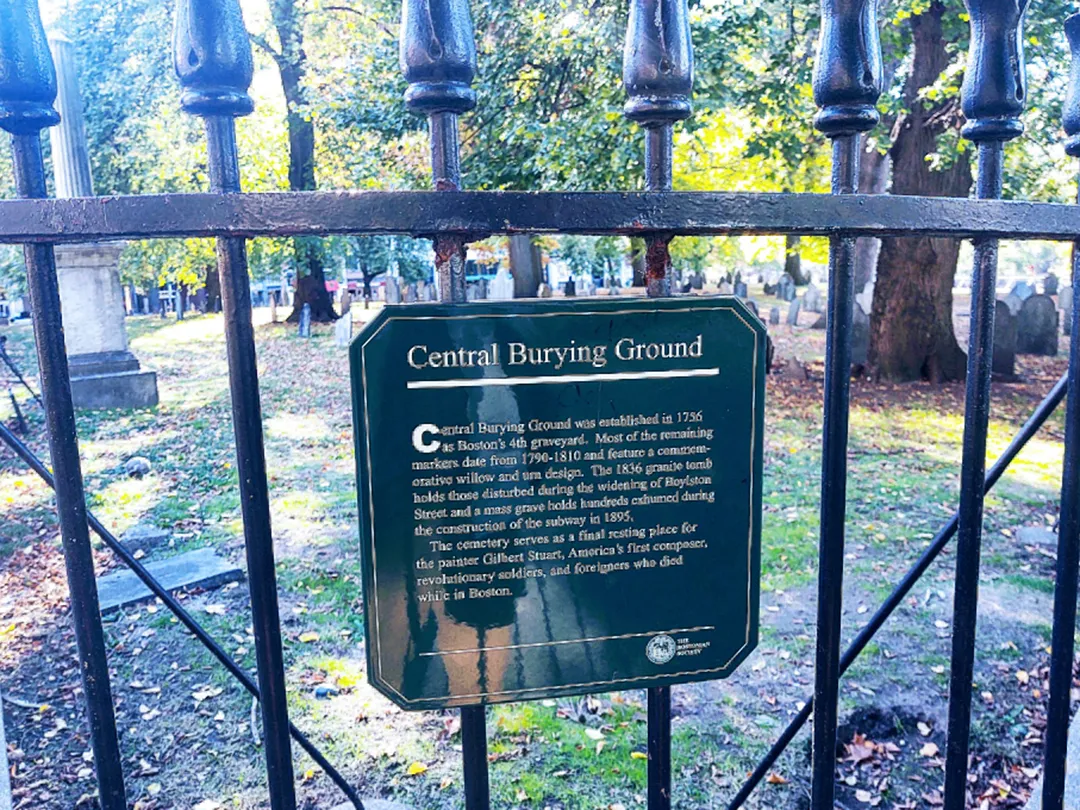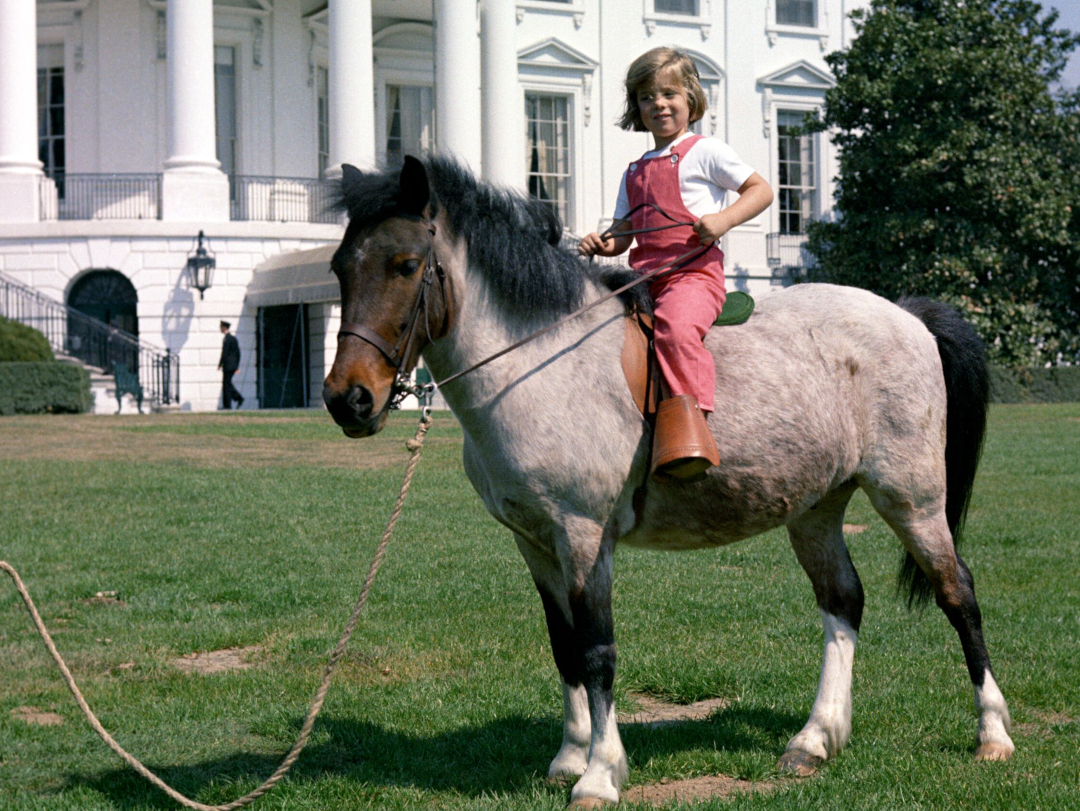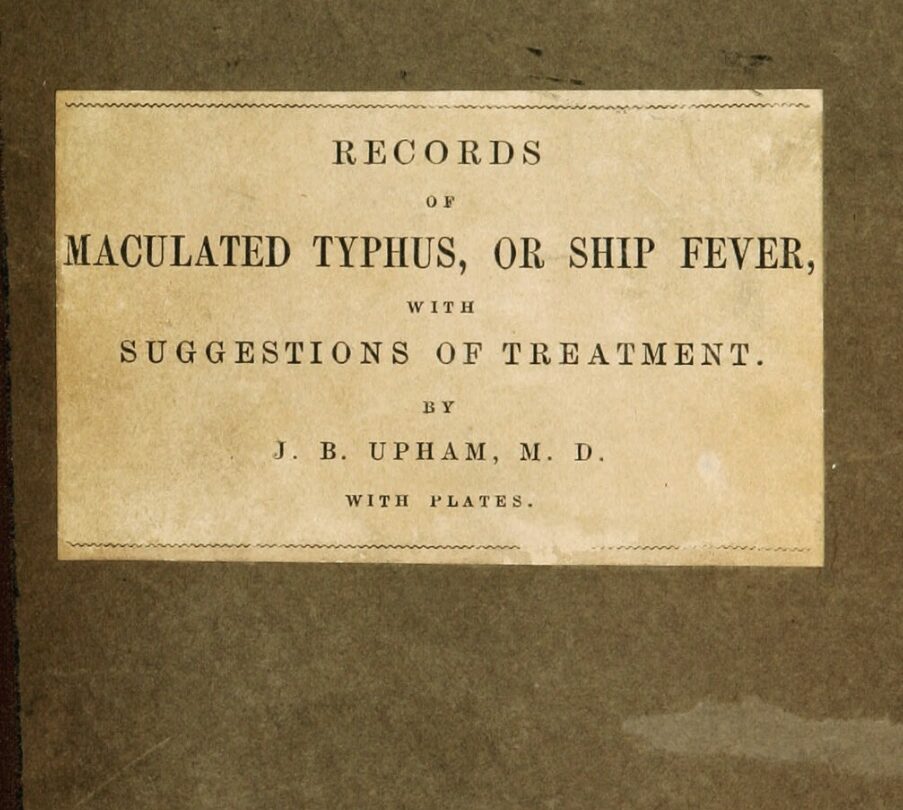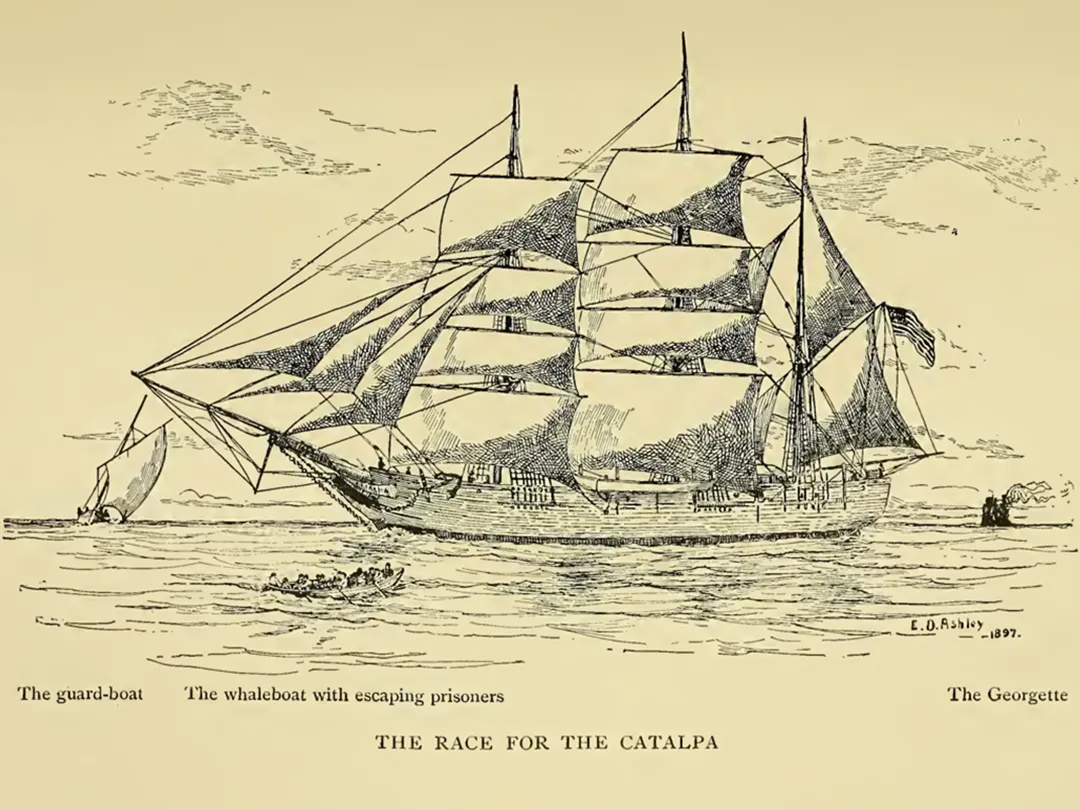Lexington Honors Patriots Sam Adams and John Hancock at Centennial Celebration in 1875


During the centenary celebration of the Battle of Lexington and Concord on April 19, 1875, the Town of Lexington honored two American patriots – Sam Adams and John Hancock – with statues for their distinctive role in the American Revolution.
Irish-born, Boston-based sculptor Martin Milmore, best known for his iconic monuments of the American Civil War, was chosen by the Town to create a statue of Revolutionary War hero Sam Adams. And Boston sculptor Thomas Gould was selected to create the John Hanock statue.
The sculptors were paid $4,000 each, and both statues were made from Carrara marble.
In addition, two statues representing the minutemen of the Revolutionary War and a solder from the Civil War were also commissioned to sculptor Carl Conrads. All four statues were unveiled in a large tent on the day of the ceremony and were later installed in the town’s Memorial Hall.

Sam Adams by Martin Milmore
The Rutland Daily Herald described the statues. “Adams, by Martin Millmore, holds a scroll up to his breast with his left hand, with the right hand extended. The statue of John Hancock by Thomas Gould. The left hand holds a scroll partly unrolled, bearing the concluding words of the Declaration of Independence, “We mutually pledge to each other our lives, our fortunes, our sacred honor.” The index finger of the right hand points to the scroll. Both figures are in continental costume.”
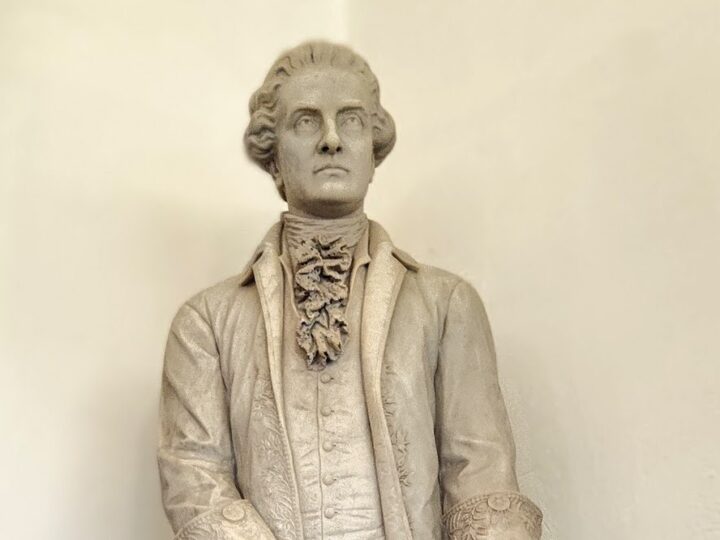
John Hancock by Thomas Gould
Paying homage to Adams and Hancock as an historical duo made sense, since the two men helped trigger the outbreak of the American Revolution. The British troops who came from Boston to Lexington on the early morning of April 19, 1775 were there to arrest both men. The deadly confrontation at Lexington and Concord that ensued between British soldiers and local minutemen is what sparked the first battle of the American Revolution.
Though the actual wording is somewhat in dispute, it was Sam Adams who supposedly exclaimed, “What a glorious morning for America,” implying that the battle that morning “would eventually liberate the colony from all subjection to Great Britain,” according to the Lexington Historical Society.
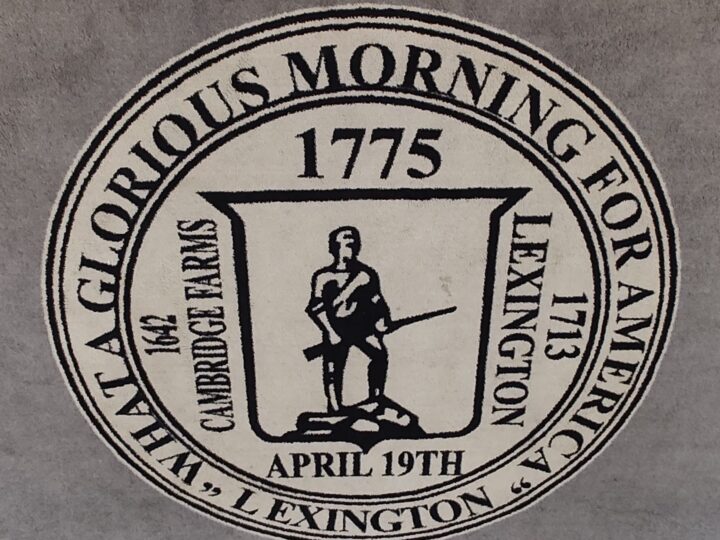
Plaque at Cary Memorial Hall
When he received the commissions to create the Adams statue, Milmore was living in Rome, Italy, working on a variety of projects including the Soldiers and Sailors Monument for Boston Common and also a statue to Revolutionary War hero John Glover of Marblehead. Gould was also living in Rome, and so the two statues had to be shipped overseas in time for the celebration.
“The contracts stipulated that the statues should be delivered in Lexington on or before January 1, 1875; but with intense anxiety their arrival was witnessed by the light of a bright moon Saturday, April 17,” wrote Fred S. Piper of the Lexington Historical Society in his booklet entitled, Lexington and Birthplace of American History, published in 1902.
“Though shipped a month apart, one by steamer and the other by a sailing vessel, both statues reached Boston on the same day, and both reached Lexington one hundred years from the time the originals there from Concord April,1775,” wrote author William Wheildon.
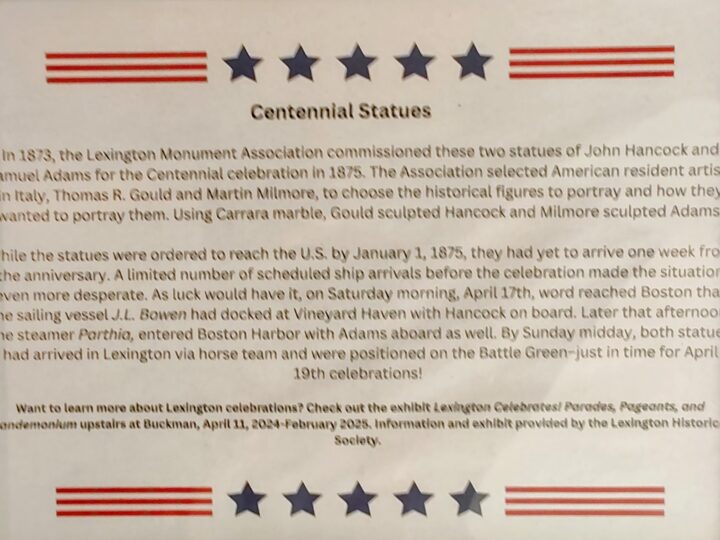
Plaque at Cary Memorial Hall
At the unveiling on April 19, 1875, keynote speaker Hon. Charles Hudson said,
“Samuel Adams, the patriot and the sage. There he stands in his marble firmness and his marble purity. And who so fit to be associated with him as his proscribed companion, the generous young merchant of Boston, who laid his princely fortune upon the altar of his country and was ready to light the offering whenever the public good should require it.
“We desire that the gallantry of the soldier and the wisdom of the statesman should shed their combined luster in our consecrated hall and so teach the rising generation that the civil and the military power are both essential to the preservation of the republic. Hancock and Adams, names to be held in everlasting remembrance! We bow with reverence in your imaged presence and seem to receive patriotic and devout instructions from your marble lips!”
Today the statues of Adams and Hancock, along with other historic artifacts and information, are on permanent display at the Isaac Hayes Cary Memorial Hall.
Learn more about celebrations taking place to commemorate the 250th anniversary of the Battle of Lexington and Concord in 2025, by visiting Lex250 and Concord250.
For information about visiting Lexington and Concord, go to MerrimackValley.org
Research, Text + Photos, Michael Quinlin
Enjoy articles like this?
Join our mailing list and have the latest sent to your inbox.







